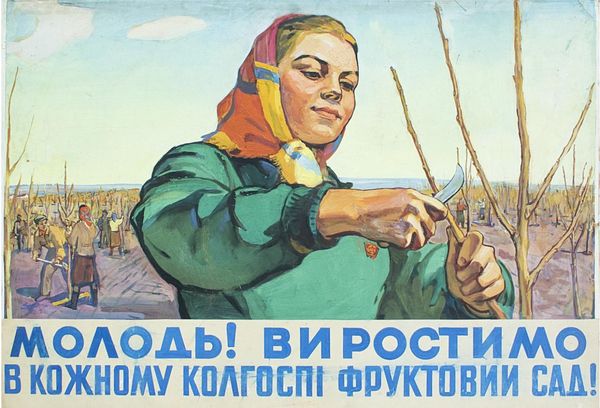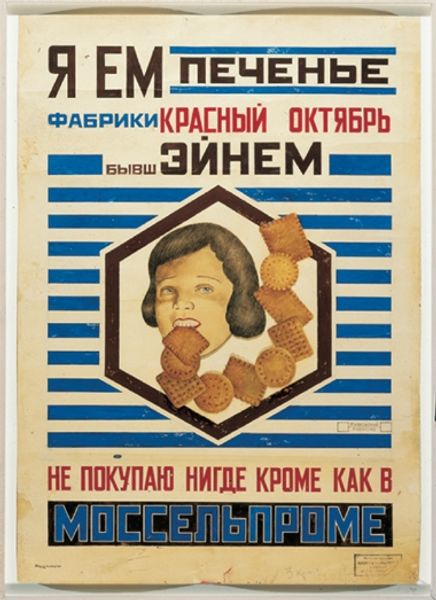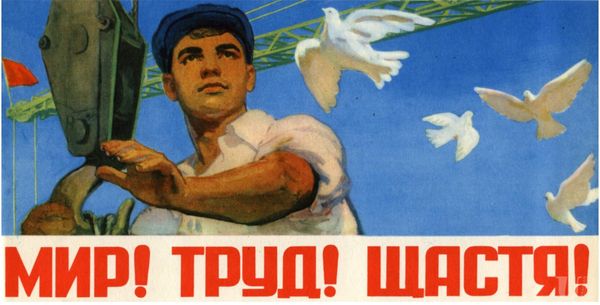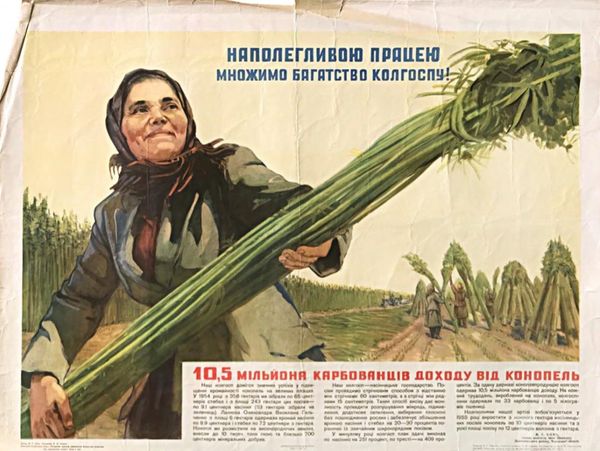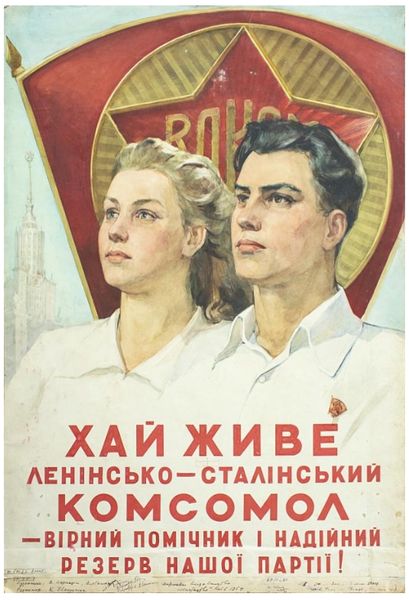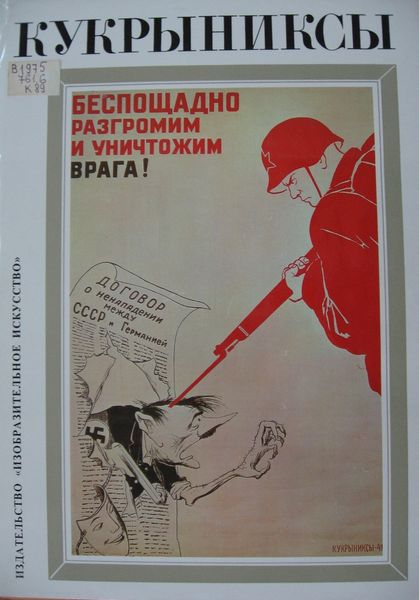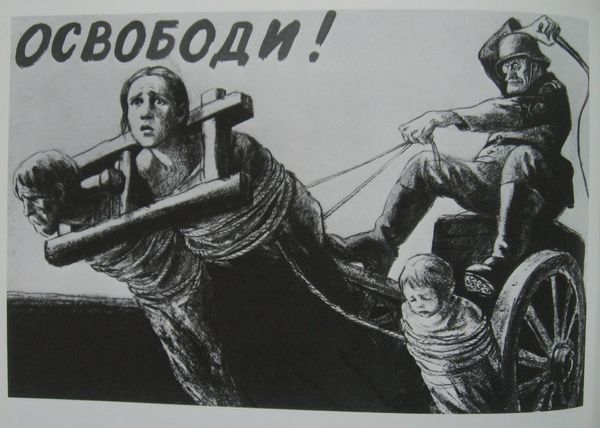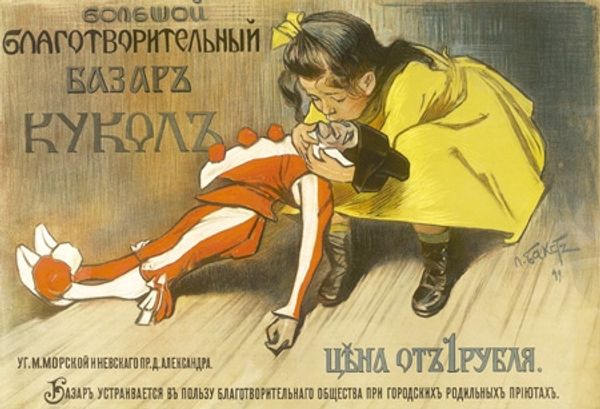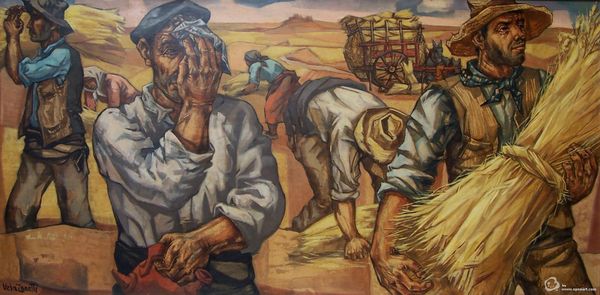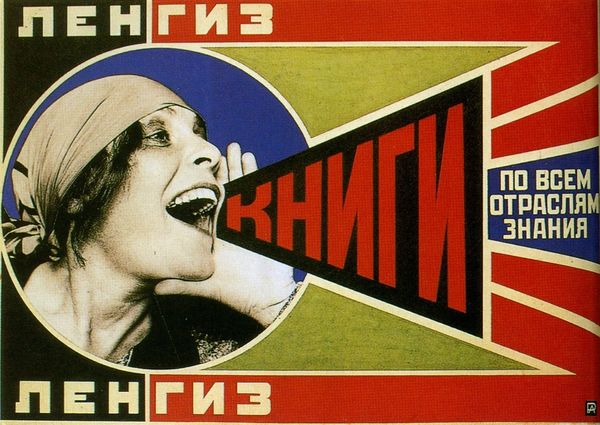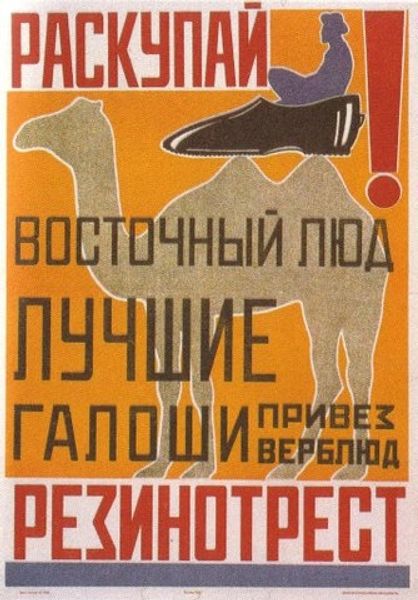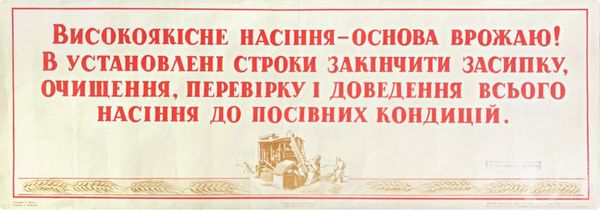
painting, mural
#
portrait
#
narrative-art
#
painting
#
landscape
#
soviet-nonconformist-art
#
socialist-realism
#
mural
#
realism
Copyright: Valerii Lamakh,Fair Use
Curator: Valerii Lamakh's "For the Benefit of the People", painted in 1955, showcases a key aspect of Socialist Realism. It uses a striking composition of color and strong figures. Editor: The woman's face is powerful and solid like she is part of that solid bundle of wheat in her arms. Her expression hints at...satisfaction, I think. Though there is definitely a stoic undertone that keeps her grounded. I find the background jarring. Curator: Let's consider that background. The artist contrasts the ripe wheat and cattle with the tractor and powerlines. The relationship between agriculture and industrial progress underpins the ideology of the Soviet Union. The bright billboard aesthetic served a very real propagandistic function for its audiences. Editor: True. But on a purely aesthetic level, all those elements create tension, right? This painting walks the tightrope between representation and, well, almost something unsettlingly manufactured. Curator: That "manufactured" feeling resonates with a key function of Soviet art, its goal to visualize and solidify the success of soviet policies in everyday life. It was meant to portray optimism and collective achievement through representations of labor, which, of course, brings a level of... let's say careful staging... to the imagery. Editor: Staging is putting it mildly. There’s a heroic idealization that I see... perhaps that tension is what makes the image so potent even today? Because while the wheat feels timeless, and maybe even pastoral, those powerlines anchor it in a very specific and increasingly distant historical context. Curator: This gets to the function of its making. Socialist Realism, remember, demanded a clear narrative. What you see is an idealization achieved through deliberate compositional choices. What strikes me here is how such artworks can still be valuable when they push past that immediate intent. The mural-like format demands close inspection of its artistic materiality and the economic context. Editor: Absolutely. It prompts you to examine those elements and to see through the... well, the "propaganda curtain," and connect with the more universal aspects of what is painted—the human condition, progress, the land. The push and pull here remains striking, all these years later.
Comments
No comments
Be the first to comment and join the conversation on the ultimate creative platform.
